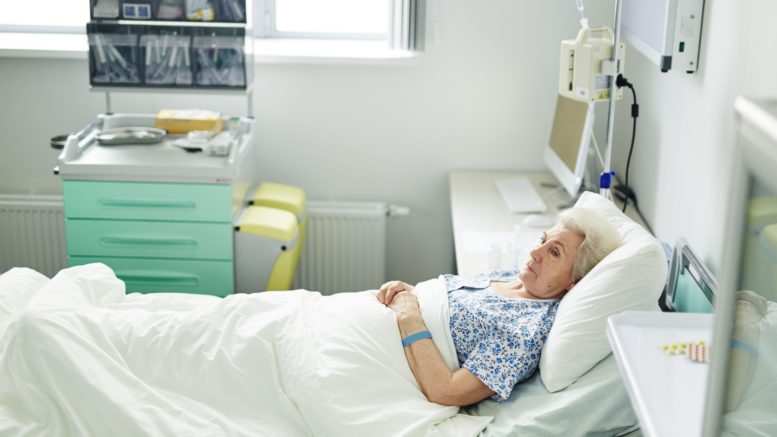Dang, et al. (2022) say that the increased hospital mortality rates from non–SARS-CoV-2 causes during the SARS-CoV-2 pandemic are incompletely characterized. The researchers sought to describe changes in mortality rates after hospitalization for non–SARS-CoV-2 conditions during the COVID-19 pandemic and how mortality varies by characteristics of the admission and hospital.
There were 8,448,758 non–SARS-CoV-2 medical admissions in 2019 and from April 2020 to September 2021 (mean [SD] age, 73.66 [12.88] years; 52.82% women; 821,569 [11.87%] Black, 438,453 [6.34%] Hispanic, 5,351,956 [77.35%] White, and 307,218 [4.44%] categorized as other). Mortality in the 30 days after admission increased from 9.43% in 2019 to 11.48% from April 1, 2020, to March 31, 2021 (odds ratio [OR], 1.20; 95% CI, 1.19-1.21) in multilevel logistic regression analyses including admission and hospital characteristics. The increase in mortality was maintained throughout the first 18 months of the pandemic and varied by race and ethnicity (OR, 1.27; 95% CI, 1.23-1.30 for Black enrollees; OR, 1.25; 95% CI, 1.23-1.27 for Hispanic enrollees; and OR, 1.18; 95% CI, 1.17-1.19 for White enrollees); Medicaid eligibility (OR, 1.25; 95% CI, 1.24-1.27 for Medicaid eligible vs OR, 1.18; 95% CI, 1.16-1.18 for noneligible); and hospital quality score, measured on a scale of 1 to 5 stars with 1 being the worst and 5 being the best (OR, 1.27; 95% CI, 1.22-1.31 for 1 star vs OR, 1.11; 95% CI, 1.08-1.15 for 5 stars).
Greater hospital prevalence of SARS-CoV-2 was associated with greater increases in odds of death from the prepandemic period to the pandemic period; for example, comparing mortality in October through December 2020 with October through December 2019, the OR was 1.44 (95% CI, 1.39-1.49) for hospitals in the top quartile of SARS-CoV-2 admissions vs an OR of 1.19 (95% CI, 1.16-1.22) for admissions to hospitals in the lowest quartile. This association was mostly limited to admissions with high-severity diagnoses.
The prolonged elevation in mortality rates after hospital admission in 2020 and 2021 for non–SARS-CoV-2 diagnoses contrasts with reports of improvement in hospital mortality during 2020 for SARS-CoV-2. The results of this cohort study suggest that, with the continued impact of SARS-CoV-2, it is important to implement interventions to improve access to high-quality hospital care for those with non–SARS-CoV-2 diseases.
Reference: Dang A, et al. Hospitalizations and Mortality From Non–SARS-CoV-2 Causes Among Medicare Beneficiaries at US Hospitals During the SARS-CoV-2 Pandemic. JAMA Netw Open. 2022;5(3):e221754. doi:10.1001/jamanetworkopen.2022.1754
